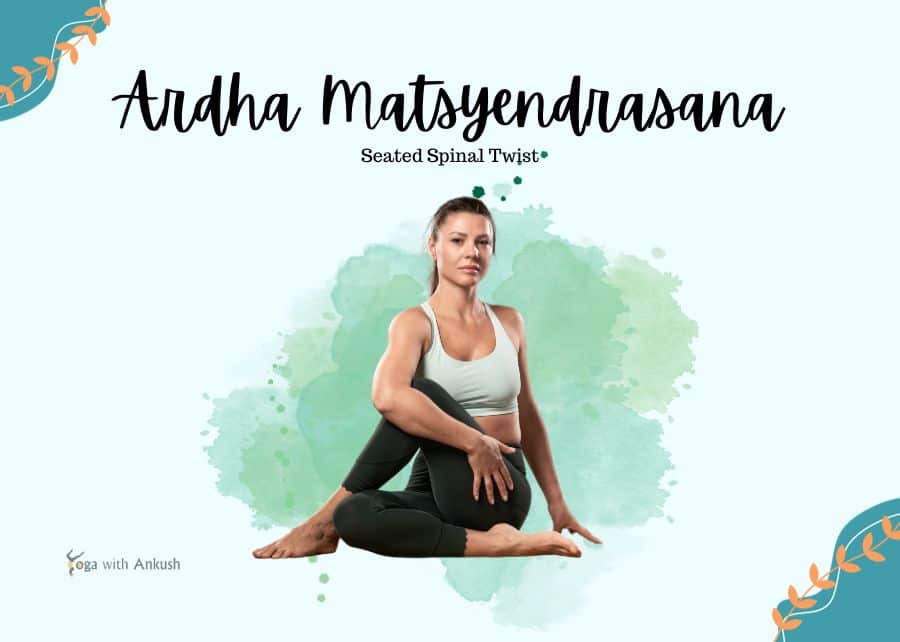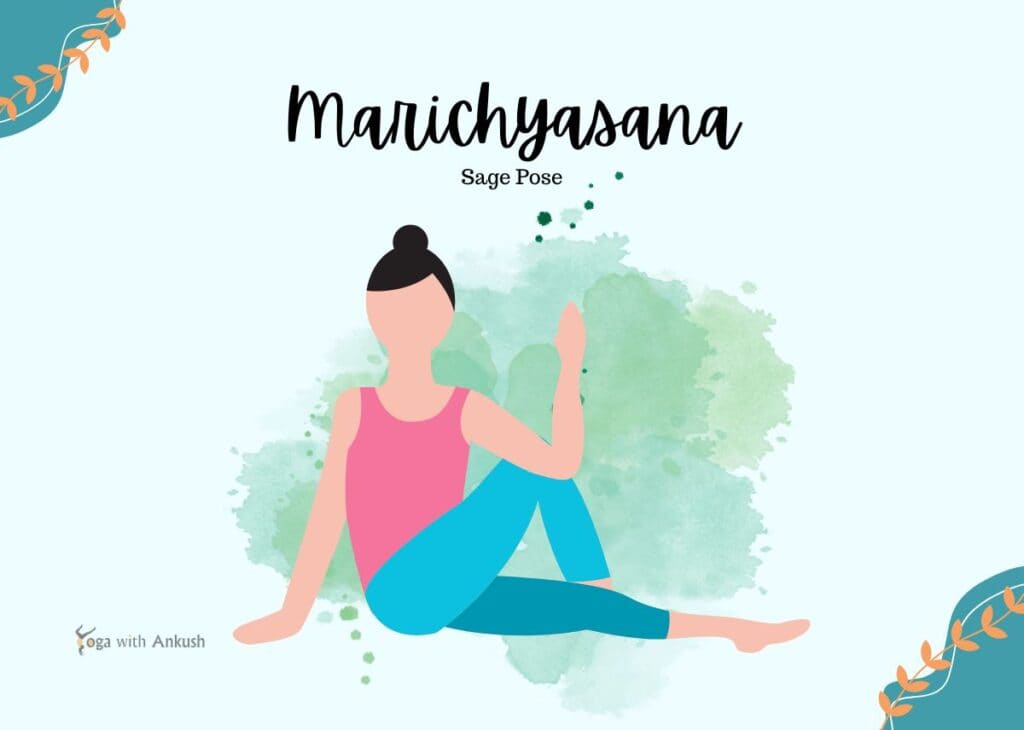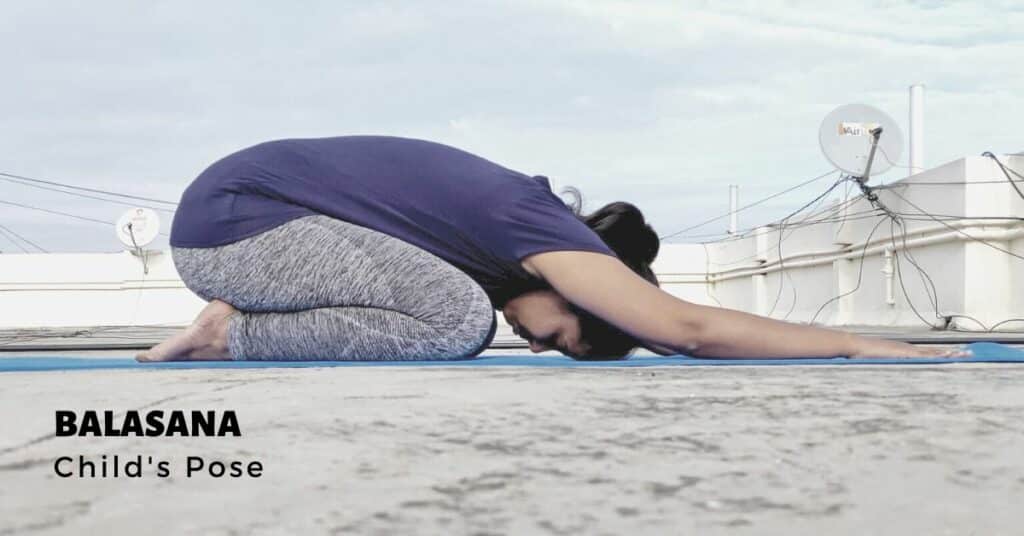Feeling out of sync? Irregular periods, mood swings, unwanted weight gain? These could be signs of hormonal imbalance, often linked to conditions like Polycystic Ovary Syndrome (PCOS) and thyroid issues.
While medical guidance is crucial, incorporating yoga for hormonal balance can be a powerful tool in your wellness journey.
Table of Contents
Why Yoga?
Yoga offers a holistic approach to well-being, targeting both the physical and mental aspects of hormonal fluctuations. The practice encompasses:
- Asanas (postures): Stimulate endocrine glands, improve circulation, and promote hormonal regulation.
- Pranayama (breathing exercises): Manage stress, a key contributor to hormonal imbalances.
- Meditation: Enhance self-awareness and emotional regulation, fostering inner peace.
Yoga for PCOS: Finding Harmony Within
PCOS disrupts hormonal balance, impacting menstrual cycles, fertility, and insulin sensitivity. Yoga can:
- Improve insulin sensitivity: Poses like Malasana (Garland Pose) and Bhadrasana (Butterfly Pose) stimulate blood flow to the pelvic region, potentially aiding insulin resistance.
- Regulate menstrual cycles: Asanas like Dhanurasana (Bow Pose) and Supta Baddha Konasana (Reclining Bound Angle Pose) gently massage reproductive organs, potentially influencing hormonal activity.
- Reduce stress and anxiety: Stress hormones worsen PCOS symptoms. Yoga’s calming nature, including poses like Savasana (Corpse Pose) and pranayama techniques like Nadi Shodhana (Alternate Nostril Breathing), can provide relief.
Sample Yoga Routine for PCOS
- Warm-up: Begin with gentle neck rolls, shoulder shrugs, and Sun Salutations (Surya Namaskar) to get blood flowing.
- Hip openers: Garland Pose (Malasana), Butterfly Pose (Bhadrasana), and Pigeon Pose (Eka Pada Kapotasana) gently stretch and stimulate the pelvic region.



- Twists: Ardha Matsyendrasana (Half Spinal Twist) and Marichyasana (Sage Pose) improve abdominal circulation and stimulate the kidneys, which play a role in hormone production.


- Backbends: Cobra Pose (Bhujangasana) and Upward-Facing Dog Pose (Urdhva Mukha Svanasana) stimulate the thyroid gland and improve energy levels.


- Pranayama: Practice Nadi Shodhana for 5-10 minutes to balance the nervous system and reduce stress.
- Cool-down: Forward folds like Uttanasana (Standing Forward Bend) and child’s pose (Balasana) help wind down and release tension.


Yoga for Thyroid Health: Restoring Balance
Thyroid dysfunction disrupts metabolism, energy levels, and mood. Yoga can:
- Stimulate the thyroid gland: Poses like Shoulderstand (Sarvangasana) and Plow Pose (Halasana) gently stimulate the thyroid gland, potentially influencing hormone production.
- Improve circulation: Inversions and dynamic flows increase blood flow to the thyroid, aiding nutrient delivery and function.
- Reduce stress and anxiety: As mentioned earlier, managing stress is crucial for managing thyroid conditions. Yoga’s stress-relieving techniques can be highly beneficial.
Sample Yoga Routine for Thyroid Health
- Warm-up: Similar to the PCOS routine, start with gentle movements and Sun Salutations.
- Neck stretches: Gentle neck stretches like side bends and rolls help improve blood flow to the thyroid gland.
- Shoulder openers: Cat-Cow Pose (Chakravakasana) and Fish Pose (Matsyasana) stretch and warm up the shoulder and neck area, potentially easing discomfort.


- Backbends: Cobra Pose (Bhujangasana) and Bridge Pose (Setu Bandhasana) gently stimulate the thyroid gland and improve energy levels.


- Inversions: If comfortable, practice Shoulderstand (Sarvangasana) and Plow Pose (Halasana) for a short duration under guidance.


- Pranayama: Include Kapalbhati pranayama (Skull-Shining Breath) to energize and Bhramari pranayama (Humming Bee Breath) to calm the mind.
- Cool-down: Relax in Child’s pose and Savasana.
Important Considerations
- Consultation: Consult your doctor before starting any new exercise program, especially if you have pre-existing conditions.
- Listen to your body: Modify or skip poses that cause discomfort. Always respect your body’s limitations.
- Consistency is key: Regular practice, even for 15-20 minutes a day, can make a significant difference.
- Combine with a healthy lifestyle: Yoga, along with a balanced diet and stress management techniques, offers a holistic approach to managing hormonal imbalances.
Remember, yoga is a journey, not a destination. Embrace the exploration and celebrate the subtle shifts as you move towards hormonal harmony. With dedication and the right guidance, you can unlock the healing power within and experience a renewed sense of balance and well-being.
Additional Tips
- Seek qualified guidance: Find a yoga teacher trained in therapeutic yoga or yoga for hormonal balance. They can create a personalized practice tailored to your specific needs.
- Join a community: Find a yoga class or group specifically focused on hormonal health. Sharing your journey with others can provide support and motivation.
- Explore additional resources: Numerous books, online articles, and yoga studios offer resources for incorporating yoga into your hormonal health journey.
Beyond the Mat
Remember, yoga’s benefits extend beyond the physical postures.
- Practice mindfulness: Incorporate mindfulness techniques into your daily life to manage stress and cultivate inner peace.
- Prioritize sleep: Aim for 7-8 hours of quality sleep each night to support hormonal regulation.
- Manage stress proactively: Find healthy ways to manage stress, such as meditation, spending time in nature, or engaging in hobbies you enjoy.
- Eat a balanced diet: Choose nutrient-rich foods that support hormonal health, such as fruits, vegetables, whole grains, and lean protein.
By adopting a holistic approach that combines yoga with lifestyle changes, you can empower yourself to navigate hormonal imbalances and reclaim your inner balance.
Disclaimer: This article is for informational purposes only and is not intended to be a substitute for professional medical advice. Always consult with your healthcare provider before starting any new exercise program or making changes to your diet.
Also Read:







